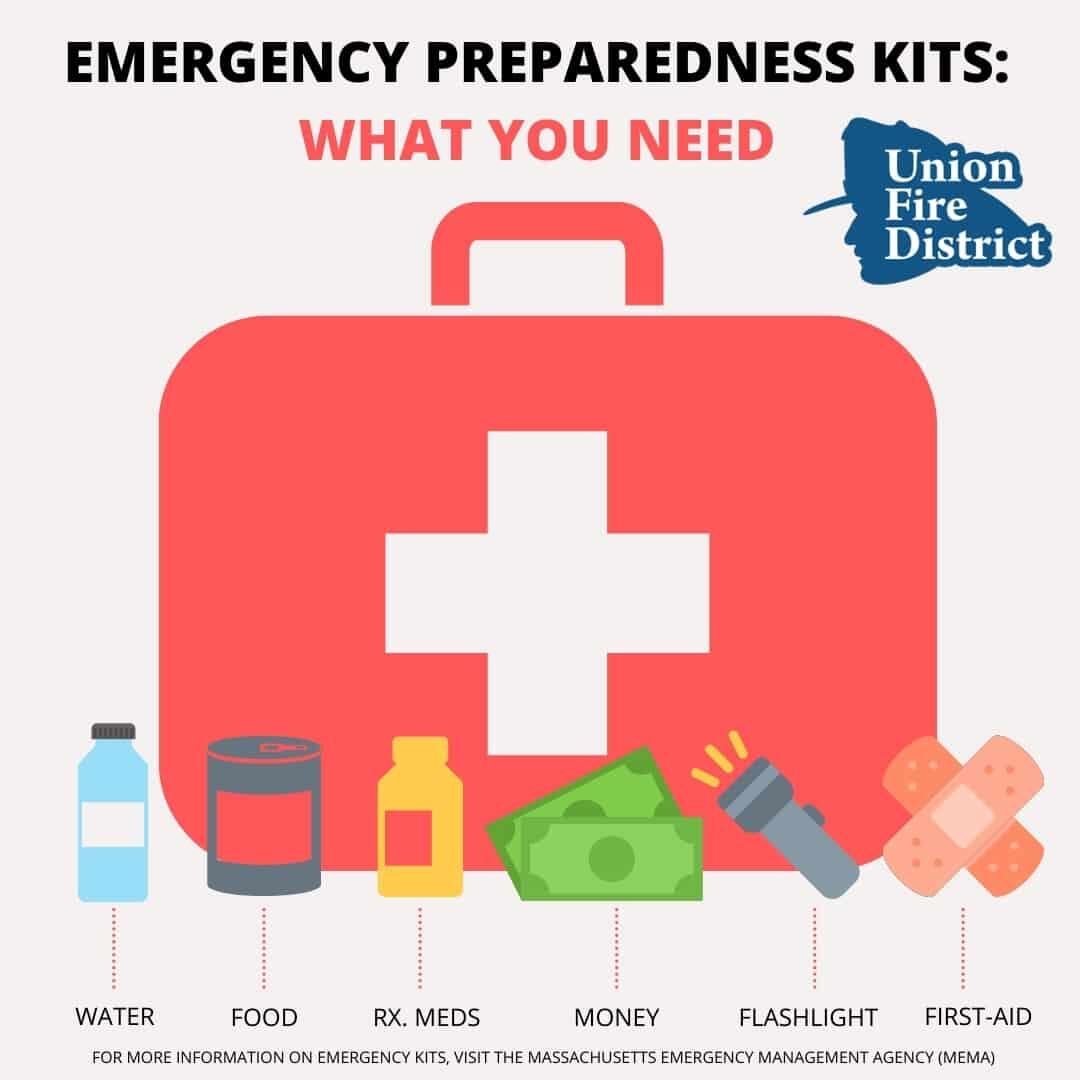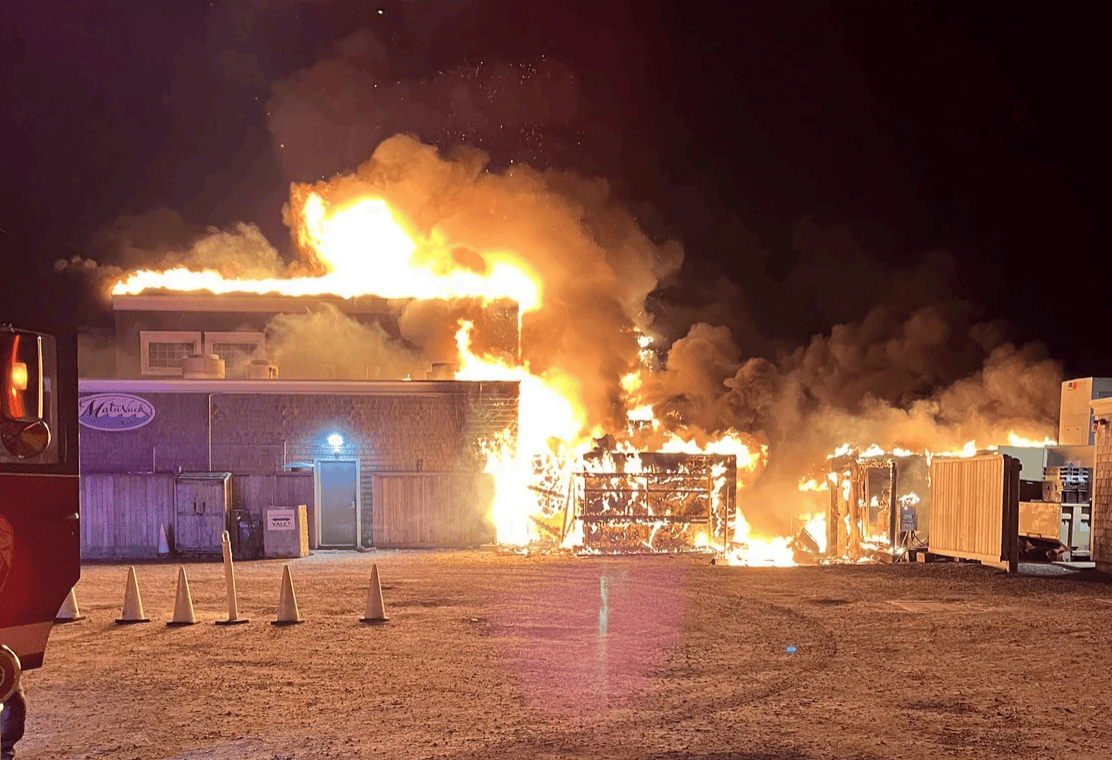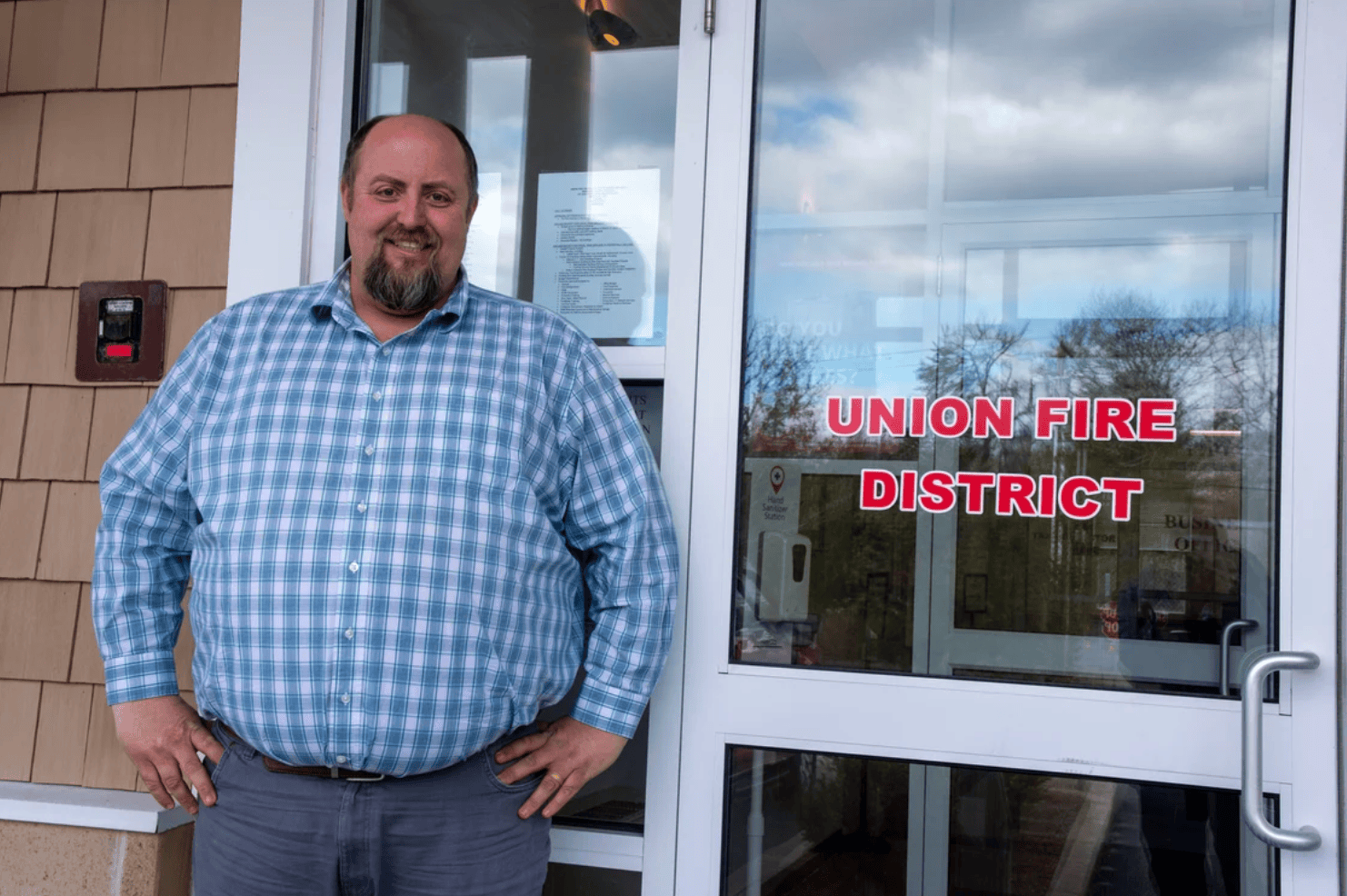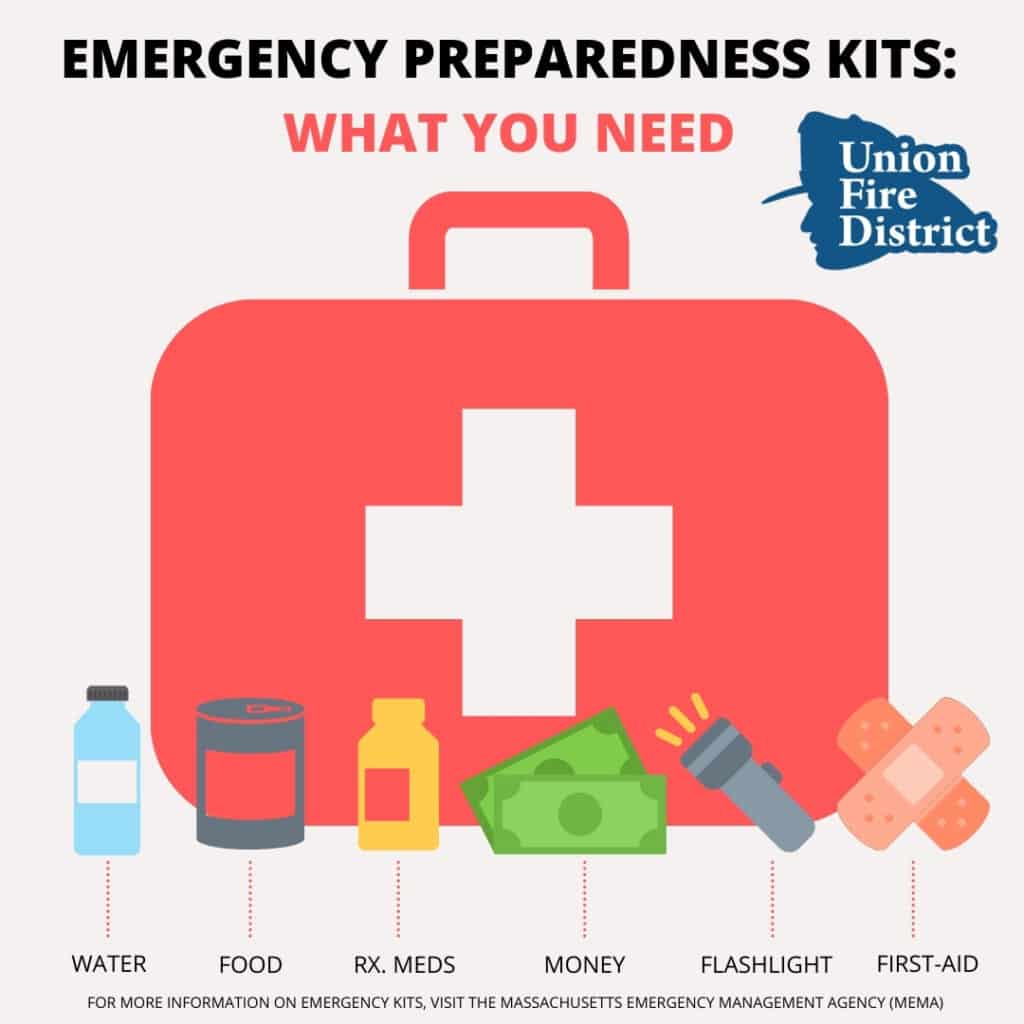Union Fire District of South Kingstown Shares Tips for Residents During Emergency Preparedness Month

SOUTH KINGSTOWN — In recognition of National Preparedness Month — observed each September to raise awareness of the importance of preparing for disasters and emergencies — Chief Steven Pinch, Fire Marshal Chris Hiener and the Union Fire District of South Kingstown would like to share guidance and tips for residents.
The theme of National Preparedness Month in 2021 is “Prepare to Protect. Preparing for disasters is protecting everyone you love.”
Disasters can occur at any time, disrupting thousands of lives every year. Taking the time now to plan how you will respond during a disaster can go a long way in protecting yourself and your loved ones, especially during an emergency where first responders may not be able to reach everyone immediately.
Make a Plan:
- Disasters are often unexpected, so prepare a plan in advance.
- Gather phone numbers, emails and any other contact information for each family member, and distribute a hard copy to everyone
- Plan in advance to have two meeting locations, one close to home and one out of town in case meeting close to home is impossible
- Establish a centralized, out-of-town contact in case contacting someone local is difficult
- FEMA provides information on signing up for basic alerts here. State-level information can be found here.
- Learn evacuation procedures and routes for your area.
- Learn when and how to shelter in place.
- Familiarize yourself with emergency plans at work and/or school, and ensure your children are familiar with plans at their schools.
- Consider the needs of vulnerable populations, such as children, seniors, pets and those living with disabilities or who may be immunocompromised. During an emergency or natural disaster, it is imperative that any emergency plan or response takes into account the specific needs of these groups.
For more detailed information on how to prepare a plan, click here.
Build an Emergency Kit:
- An emergency kit should contain food, water and supplies to get your family through several days. A typical emergency kit should include:
- Water: One gallon per person per day for at least three days, plus water purification tablets
- Food: At least a three-day supply of non-perishable foods that do not need cooking (ready-to-eat canned meats, fruits, vegetables, or juices, protein or granola bars, cereal, peanut butter, dried fruit, nuts, crackers, baby food, comfort foods)
- Tools and Supplies: Manual can opener, Radio (battery-powered or hand crank), flashlight or lantern, extra batteries, cell phone with charger, wrench, pliers, and other basic tools, first aid kit
- Personal Items: Prescription medications (two-week supply), personal hygiene items, eyeglasses, contact lenses, dentures, extra batteries or supplies for medical equipment, change of clothes, sturdy shoes,
- Pets: Collar, leash, harness, crate, food, bowls, current photo, license and medical information
- Documents: Insurance policies, bank account records, identification cards (IDs), medical information, and other copies of important documents.
- Money: Extra cash and traveler’s checks (ATMs may not work during a power outage)
- Other Items: First-aid kit, emergency whistle, waterproof matches/lighter, local area maps, diapers, wipes, formula, and baby food and supplies (if needed), dust masks, whistle, plastic sheeting and duct tape, paper and pencil, sleeping bag or warm blanket for each person, plates, towels and utensils
When creating emergency kits, residents should also take into consideration the ongoing COVID-19 pandemic. Residents should add items such as face coverings/masks, disinfectants, hand sanitizer and other cleaning supplies to their emergency kits.
Remember to replace expired items as needed and regularly reevaluate your emergency kit, updating as your family’s needs change. It is recommended that emergency kits are prepared and kept in your home, workplace and vehicle.
For additional suggestions on what to include, click here. For suggestions on making an emergency kit for your vehicle, click here.
Go Over Your Plan:
- Disasters can be chaotic, so it is important to check your emergency kit in advance and ensure your family knows and practices emergency procedures at home, work and school.
- Know your risks; Study common hazards in your area and prepare for how you may respond to them. For detailed recommendations on how to prepare for specific threats such as river flooding, coastal storms, or blizzards, click here.
- Assign at least one family member to learn first aid and CPR.
- Know how to shut off utilities at your home.
- Go over your plans, review documents, and practice applicable parts of the plan with your children.
- Practice your emergency plan at least two to three times per year with all members of your family. To practice your plan, test your emergency communications plan, assemble at your meeting locations and practice your evacuation routes. Update your plan with any changes, if necessary, after you practice.
For more information on preparing for emergencies, visit ready.gov or MEMA’s Emergency Preparedness Month page.
###
Recent Posts

Union Fire District of South Kingstown Battles 2-Alarm Fire at Matunuck Oyster Bar
May 20, 2025 - SOUTH KINGSTOWN — Chief Steven Pinch reports that the Union Fire District of South Kingstown responded to a two-alarm fire... Read More

Union Fire District of South Kingstown Welcomes New Administrator Brian Mahoney
April 10, 2025 - Brian Mahoney is the new Administrator for the Union Fire District of South Kingstown. Read More
